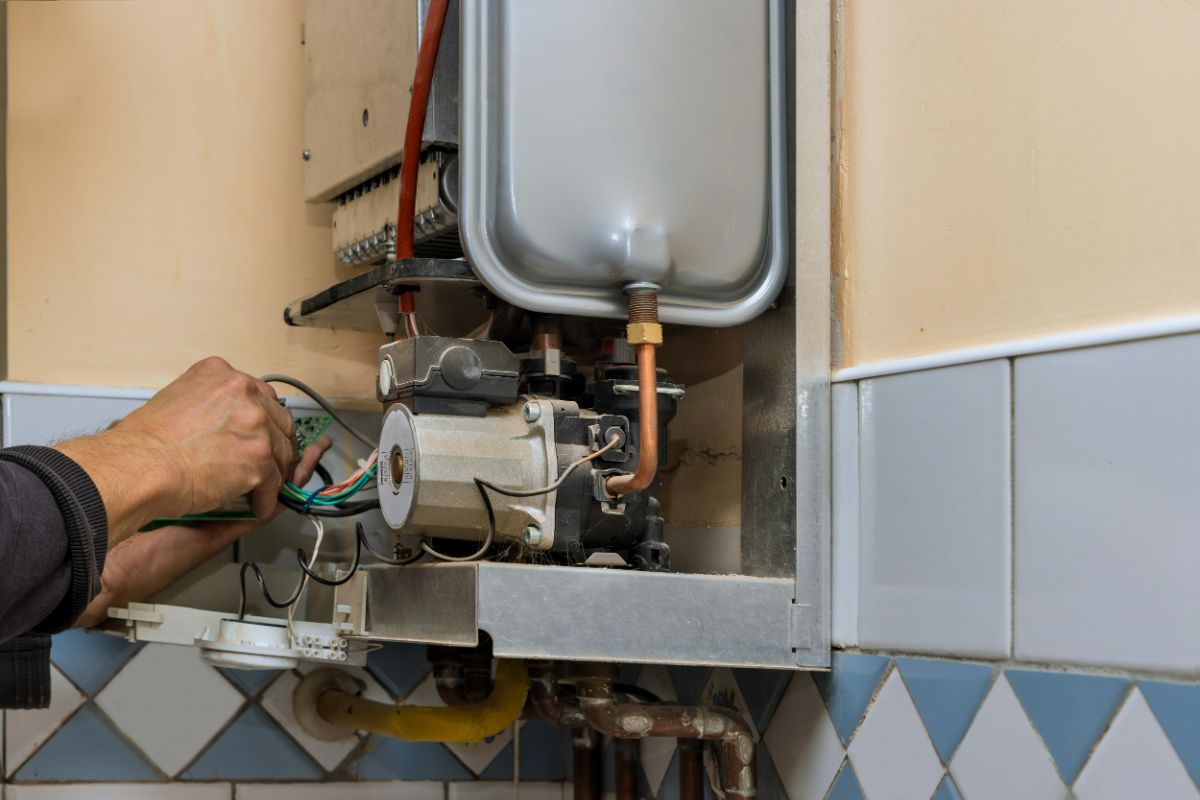Everybody has his or her own idea with regards to Tips on Maintaining a Water Heater.

Warm water is crucial for day-to-day convenience, whether it's for a revitalizing shower or washing dishes. To guarantee your warm water system runs successfully and lasts much longer, routine upkeep is essential. This article provides sensible pointers and understandings on how to maintain your home's warm water system to prevent interruptions and costly fixings.
Introduction
Maintaining your home's warm water system might seem daunting, yet with a few basic actions, you can ensure it runs smoothly for years ahead. This guide covers every little thing from comprehending your warm water system to DIY upkeep ideas and knowing when to employ expert aid.
Significance of Keeping Your Hot Water System
Normal maintenance not just extends the life-span of your warm water system however additionally ensures it runs efficiently. Ignoring maintenance can cause decreased performance, higher power bills, and even early failure of the system.
Indicators Your Hot Water System Requirements Upkeep
Understanding when your warm water system needs interest can prevent major concerns. Look out for indications such as inconsistent water temperature, weird sounds from the heating unit, or rusty water.
Recognizing Your Hot Water System
Prior to diving into upkeep tasks, it's handy to understand the standard components of your warm water system. Generally, this consists of the water heater itself, pipelines, anode rods, and temperature level controls.
Monthly Maintenance Tasks
Normal regular monthly checks can aid catch small issues prior to they escalate.
Flushing the Water Heater
Purging your water heater eliminates sediment build-up, enhancing efficiency and lengthening its life.
Checking and Replacing Anode Rods
Anode rods stop corrosion inside the container. Examining and changing them when worn out is vital.
Inspecting and Changing Temperature Level Settings
Changing the temperature setups ensures ideal efficiency and security.
Do It Yourself Tips for Maintenance
You can execute several upkeep tasks on your own to keep your hot water system in leading condition.
Checking for Leaks
On a regular basis examine pipelines and connections for leaks, as these can bring about water damage and greater bills.
Checking Stress Relief Valves
Examining the pressure relief valve guarantees it functions properly and protects against excessive pressure build-up.
Insulating Pipelines
Shielding hot water pipes lowers heat loss and can conserve power.
When to Call a Professional
While DIY upkeep is beneficial, some issues require professional know-how.
Complex Problems Needing Expert Aid
Examples include significant leakages, electrical problems, or if your water heater is continually underperforming.
Regular Specialist Maintenance Advantages
Expert upkeep can consist of comprehensive inspections, tune-ups, and guaranteeing conformity with safety and security requirements.
Verdict
Regular upkeep of your home's warm water system is important for efficiency, durability, and price savings. By following these suggestions and understanding when to look for specialist aid, you can make certain a trusted supply of warm water without unanticipated disturbances.
How to Maintain an Instant Hot Water Heater
Before tinkering with your hot water heater, make sure that it’s not powered on. You also have to turn off the main circuit breaker and shut off the main gas line to prevent accidents. Also turn off the water valves connected to your unit to prevent water from flowing into and out of the appliance. 2. When you’re done, you have to detach the purge valves’ caps. These look like the letter “T†and are situated on either side of the water valves. Doing so will release any pressure that has accumulated inside the valves while at the same time avoid hot water from shooting out and burning your skin. 3. When the purge valves’ caps are removed, you have to connect your hosing lines to the valves. Your unit should have come with three hoses but if it didn’t, you can purchase these things from any hardware or home repair shops. You can also get them from retail stores that sell water heating systems. Read the user’s manual and follow it to complete this task properly. When the hosing lines are connected, open the purge port’s valves. 4. You should never use harsh chemical cleaners or solutions when cleaning your unit. Make use of white vinegar instead. It should be undiluted and you’ll probably use about 2 gallons. 5. Now flush your water heater. This task should probably take about 40 minutes. We can’t give you specific directions for this because the procedure is carried out depending on the type, model and brand of your heater. With that being said, refer to the user’s manual. 6. When you’re done draining the unit, you have to turn off the purge port valves again. Remove the hosing lines that you earlier installed on each of the water valves. Put the valve caps (purge port) back in their respective places and be very careful so as not to damage the rubber discs that are found inside these caps. 7. Now that everything’s back in place, check your user’s manual again to find out how to reactivate your water heating system. 8. Once it is working, turn one of your hot water faucets on just to let air pass through the heater’s water supply pipes. Leave the tap on until water flows smoothly out of it. https://www.orrplumbing.com/blog/2014/september/how-to-maintain-an-instant-hot-water-heater/

As an enthusiastic person who reads on How to Maintain Your Water Heater & Prolong its Life, I imagined sharing that piece of content was worth the trouble. If you please take a moment to share this entry if you enjoyed reading it. Kudos for your time. Return soon.
Request A Quote